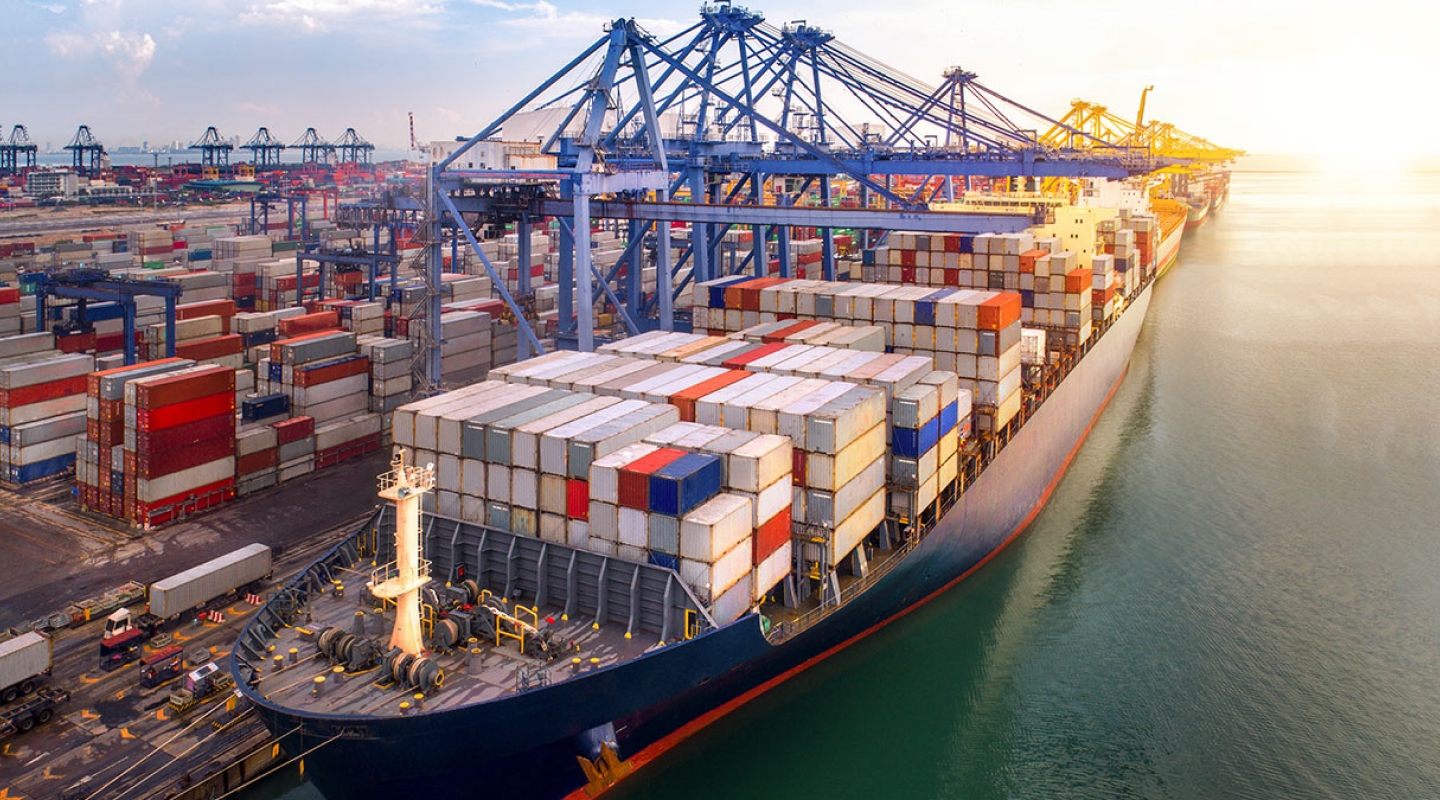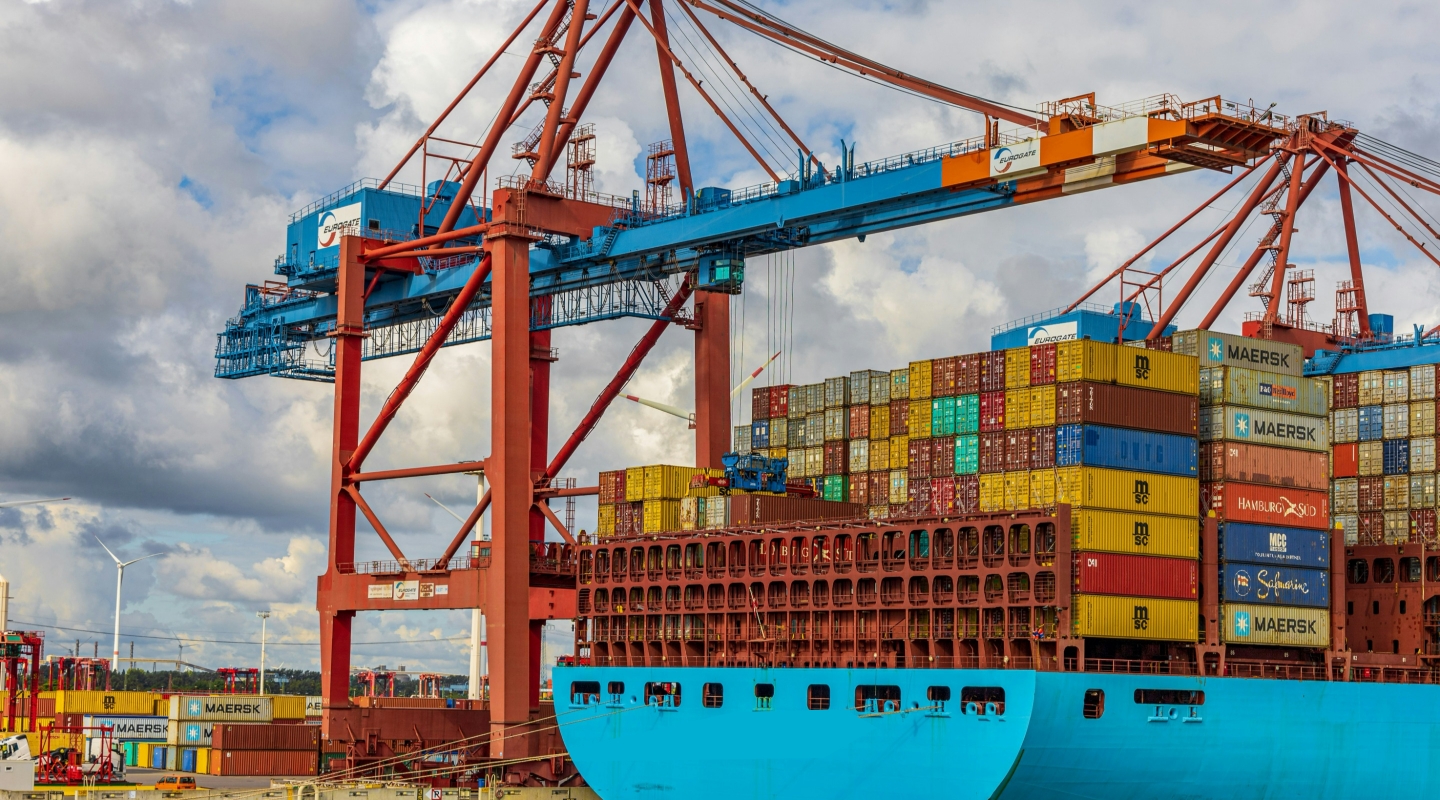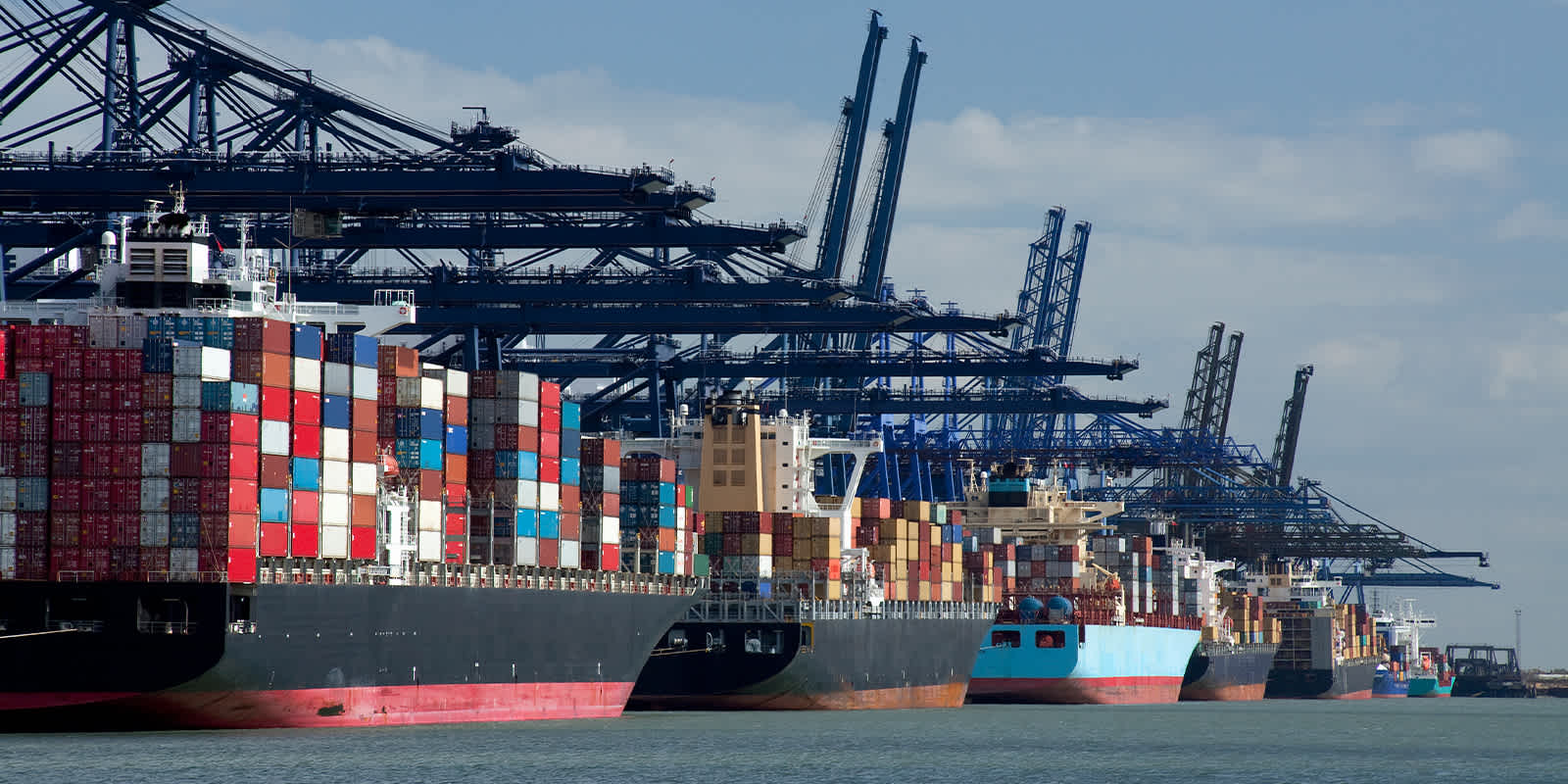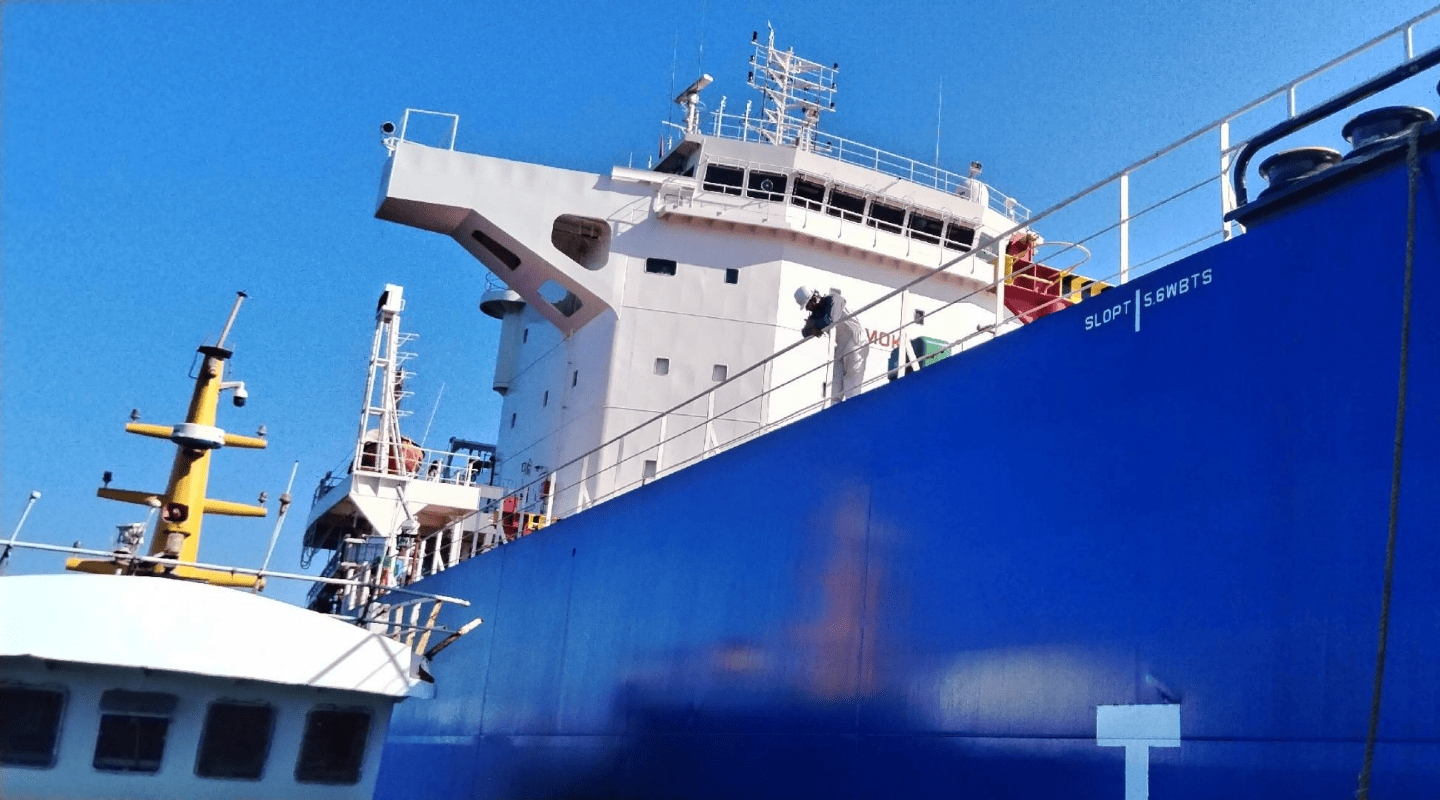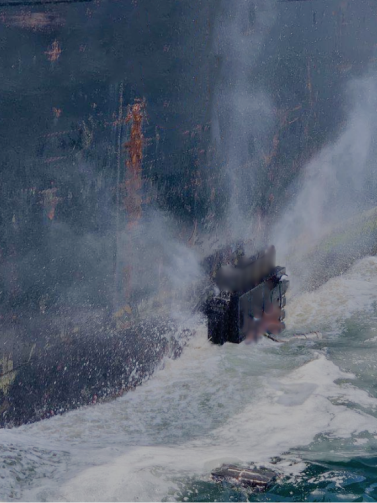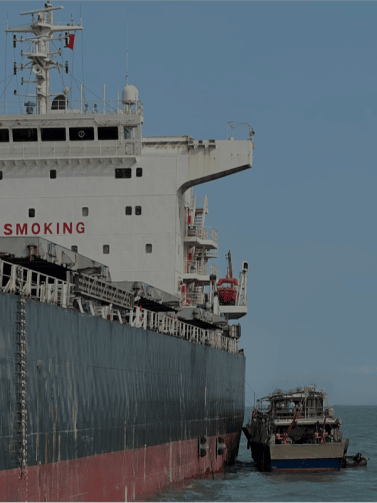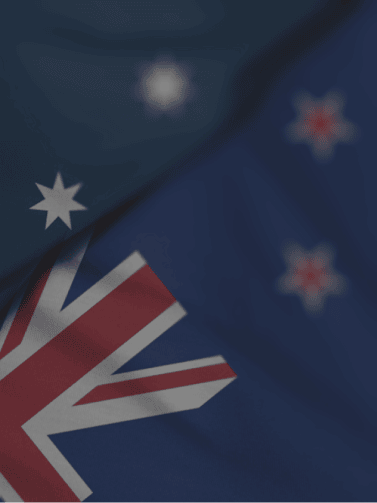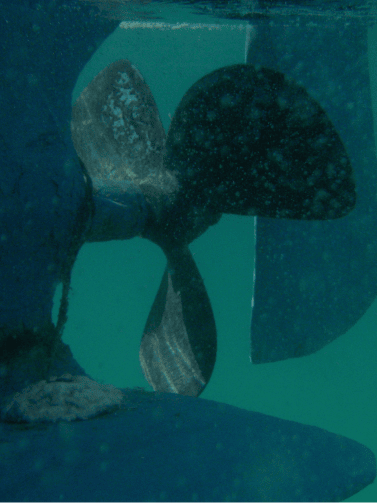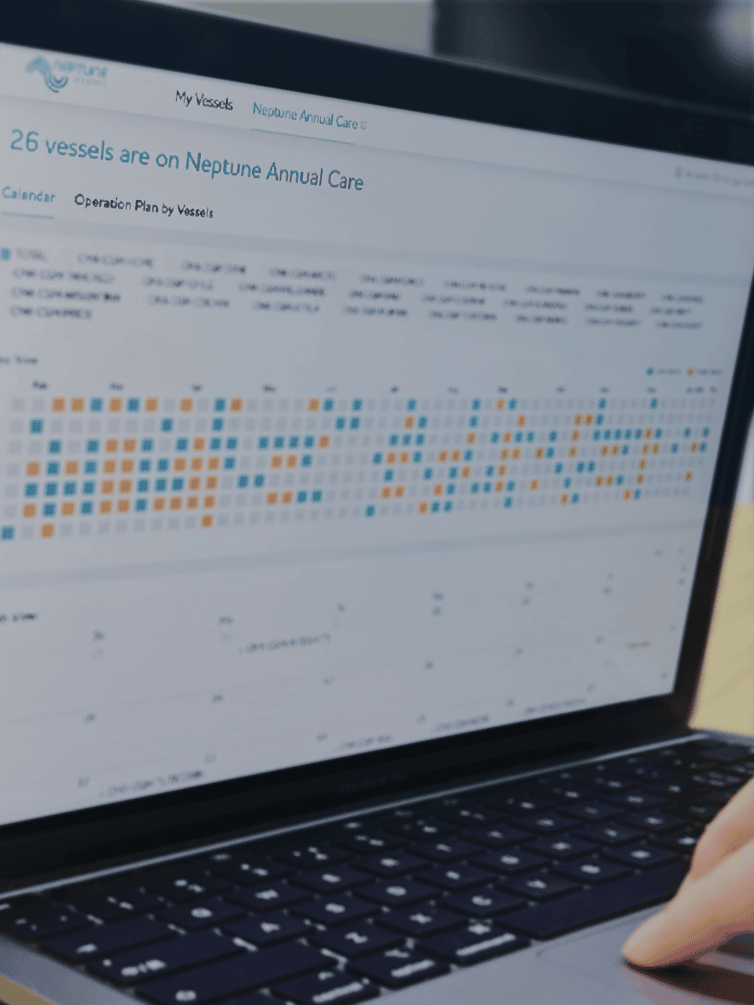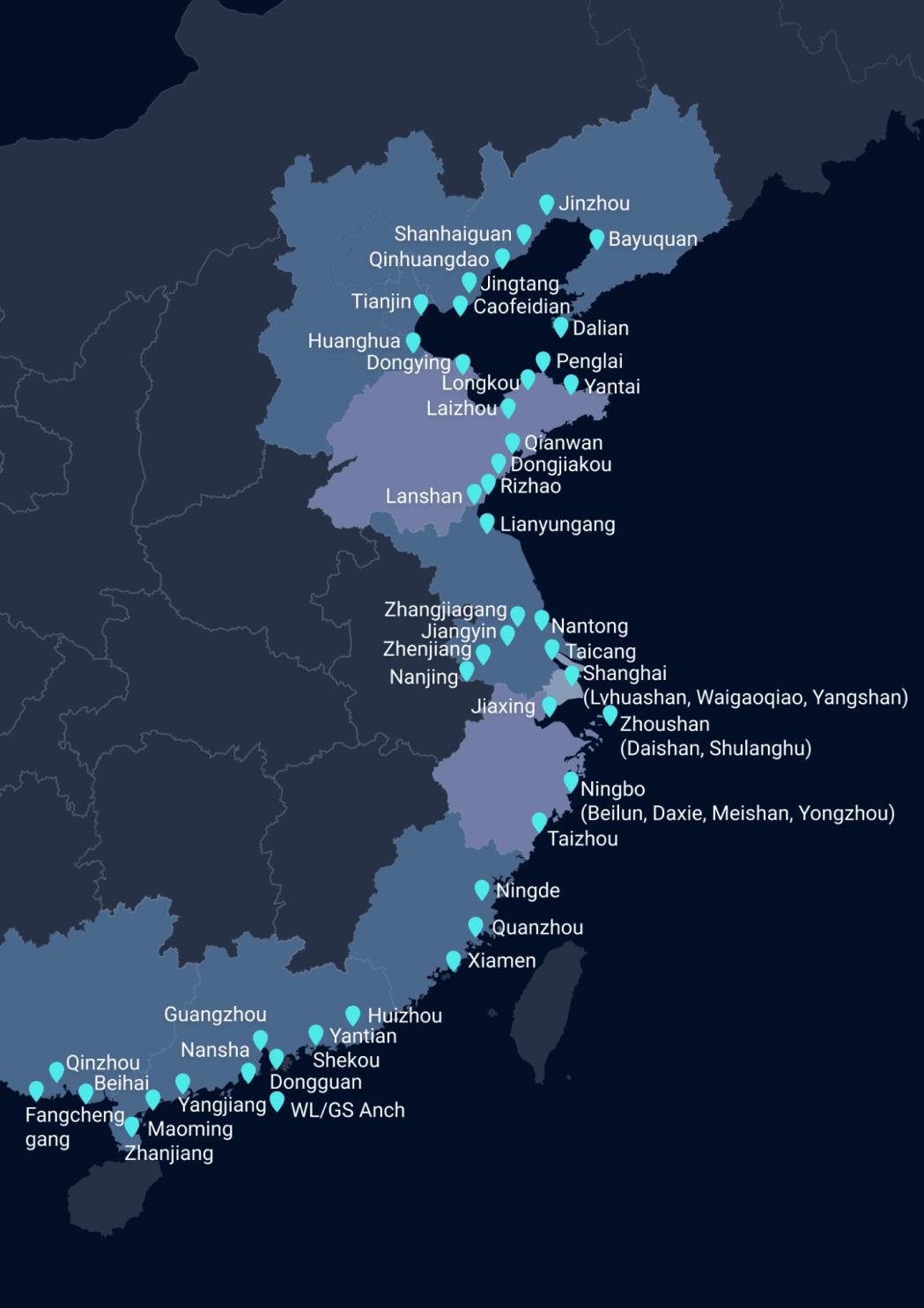Recently, the global shipping market has been booming, with freight rates soaring. Major shipping companies have been active in the charter market, scrambling to secure vessels in anticipation of the upcoming peak season.
Reports indicate that Maersk will charter the new 7,000 TEU vessel Kota Valparaiso at a daily rate of $150,000 for a three-month period. Meanwhile, CMA CGM has just chartered its sister ship, the Kota Callao, at $100,000 per day for the same duration. This high-rent, short-term chartering strategy reflects the intense competition and volatility in the current shipping market. Simultaneously, with increasingly stringent Carbon Intensity Indicator (CII) regulations, the division of responsibilities and risk-sharing between shipowners and charterers has become more complex.
01 – Low CII Rating Risks Amid Market Prosperity
Due to the Red Sea crisis, shipping companies have had to suspend voyages in the region and instead detour around the southern tip of Africa via the Cape of Good Hope. This has significantly increased additional fuel costs and carbon emissions. Experts warn that the CII ratings of these vessels will inevitably drop, especially for those powered by older steam turbines, such as liquefied natural gas carriers.
Moreover, global port congestion remains severe. Every week, over 2 million TEU of ships are queued for berths. Vessels that are stationary or moving slowly tend to accumulate marine biofouling, significantly increasing drag and fuel consumption, which also negatively impacts the ships’ CII ratings.
For shipowners, vessels with low ratings may see a substantial decrease in value and face difficulties securing charters. For carriers, low-rated ships will attract more scrutiny during PSC inspections, and high carbon emissions may alienate consumers, lose investors, and face impending shipping carbon taxes.
In short, the new CII regulations significantly impact the shipping market, presenting formidable challenges for both shipowners and charterers, who must share the risks.
02 – Shipowners: Ensure Maximum Fuel Efficiency;
Charterers: Return Vessels Within Agreed CII
BIMCO released the Carbon Intensity Indicator (CII) Operational Clause on November 18 last year, pulling charterers into a key responsibility role for compliance. This binds shipowners’ obligations to ensure seaworthy vessels and scientific management with charterers’ obligations to operate efficiently.
Shipowners must operate vessels to minimize fuel consumption to the greatest extent possible, including maintaining and servicing the hull, adjusting and operating equipment, and taking fuel-efficient routes.
Charterers’ primary obligation is to return the vessel within the agreed CII. Thus, all charterer activities must align with the agreed CII. If the vessel exceeds the agreed CII, the charterer must submit a revised written plan detailing subsequent operational plans, or the vessel will be forced to slow down.
Most importantly, if the vessel exceeds the agreed CII upon return, it constitutes a breach of contract by the charterer. Shipowners have the right to claim any losses, damages, liabilities, claims, fines, costs, expenses, litigation, or demands arising from the charterer’s breach of this clause.
03 – Practical and Economical Approach: Regular Hull Cleaning
The CII clause’s emission reduction measures include using alternative fuels, engine modifications, hull cleaning to reduce drag, and utilizing renewable energy sources to optimize operational management and reduce overall shipping carbon emissions as much as possible.
Regular hull cleaning is a wise choice for achieving carbon reduction. The primary reason is that emission reduction technologies and alternative fuels are unlikely to see significant breakthroughs in the short term. Simple and feasible measures like hull cleaning can enhance energy efficiency management, control carbon emissions, and are both practical and economical.
Neptune Robotics’ ship inspection and cleaning use advanced artificial intelligence and robotics technology to perform hull inspections and comprehensive cleaning around the clock without damaging anti-fouling coatings. Our operations cover ports and anchorages in northern, eastern, and southern China, including muddy waters like Shanghai Port and Ningbo Port.
In the current stage of green shipping development, regular hull cleaning not only improves efficiency and effectively controls carbon emissions but also ensures reduced energy consumption for vessels, making operations more energy-efficient. This provides sustainable development means for shipowners and ensures compliance operations for charterers.
